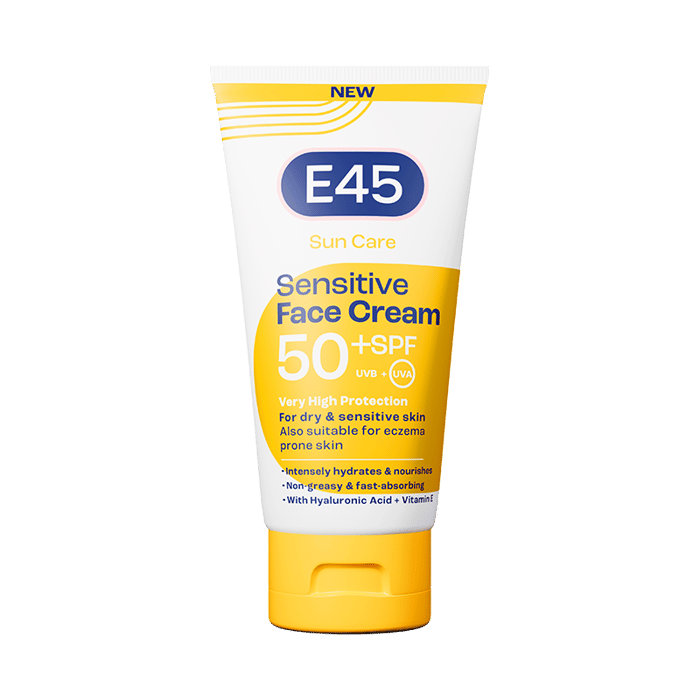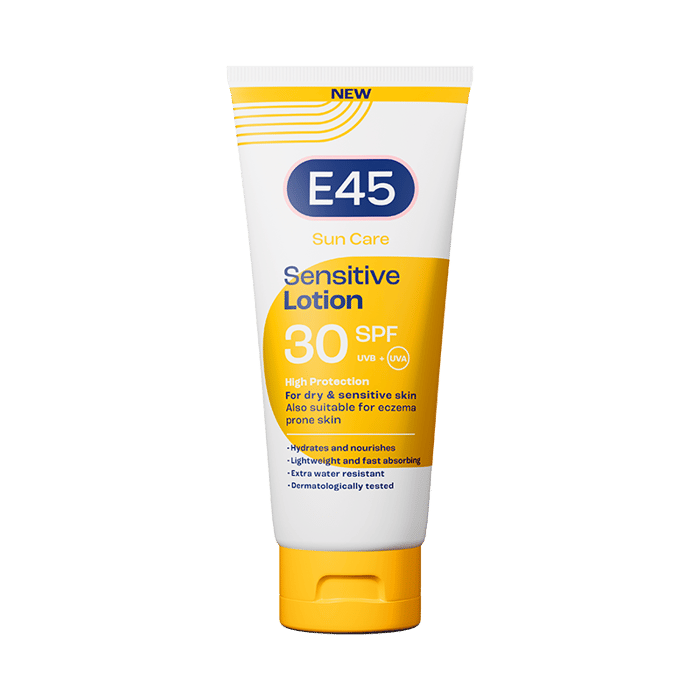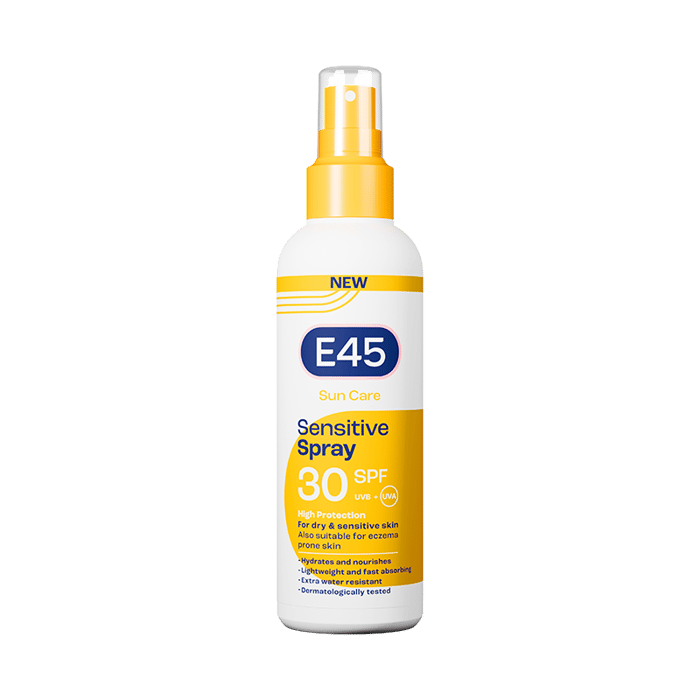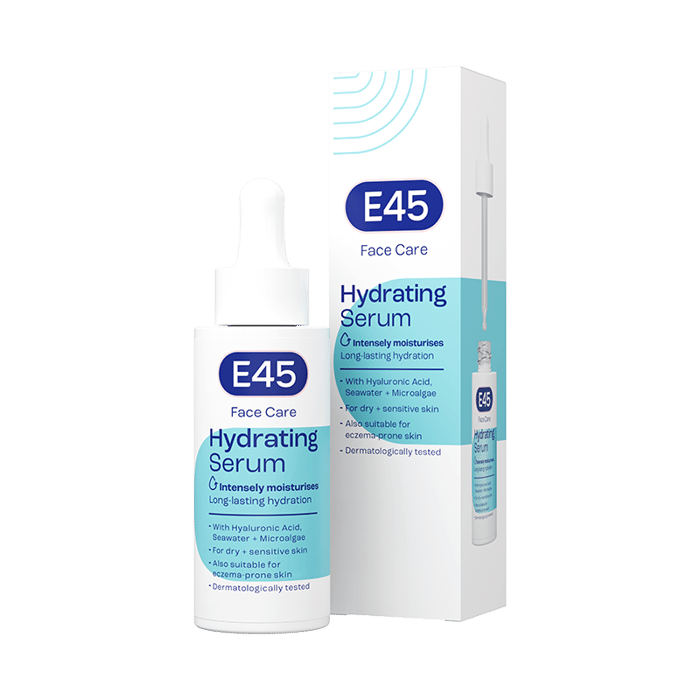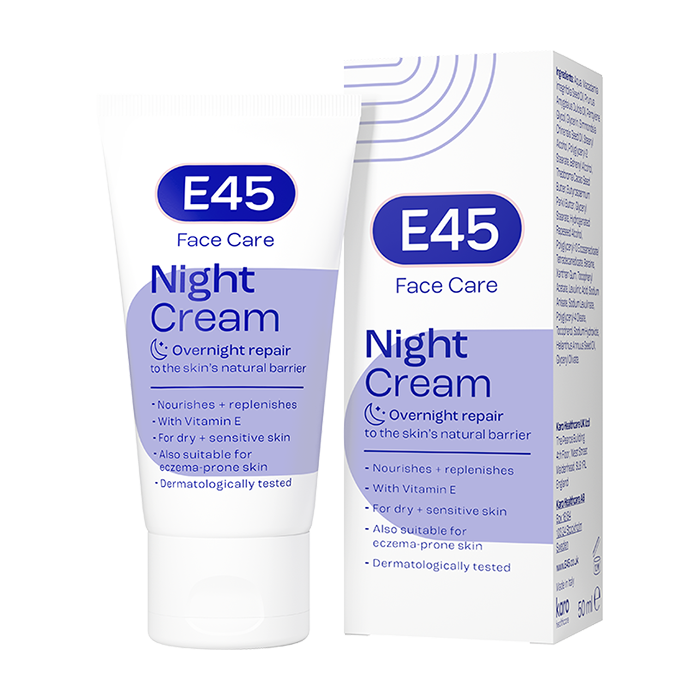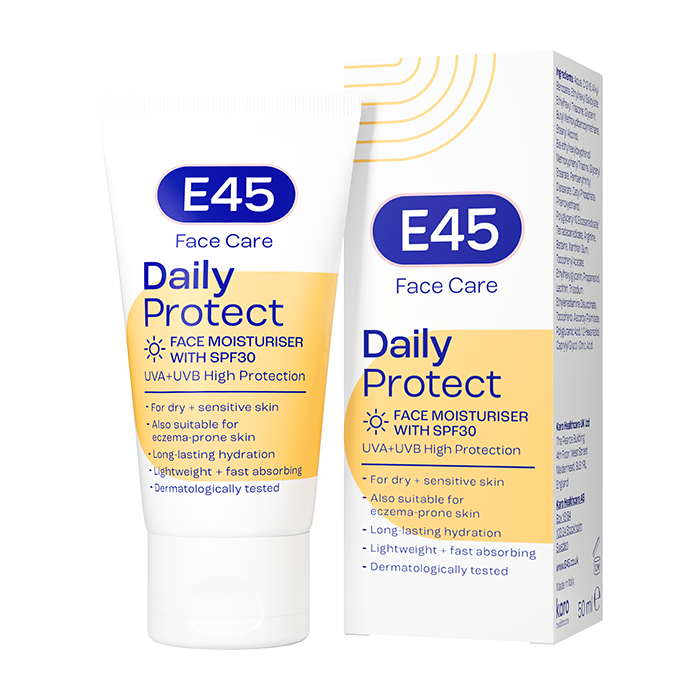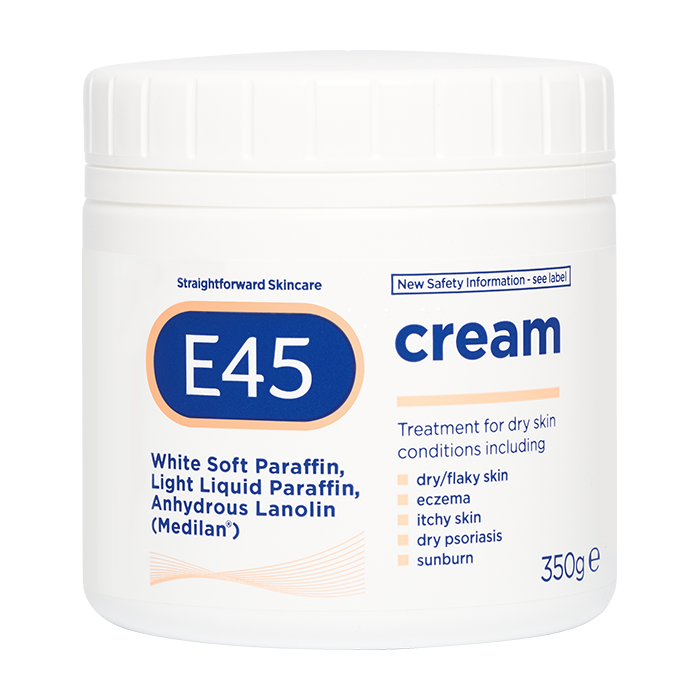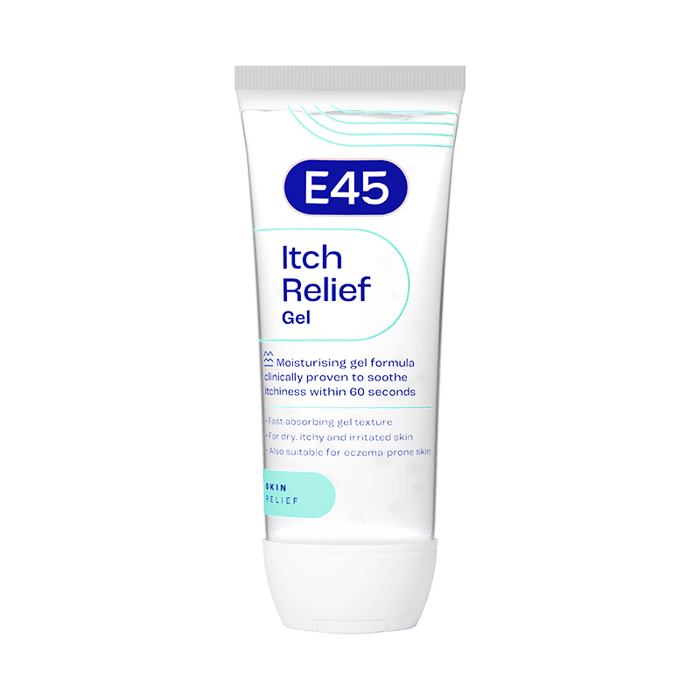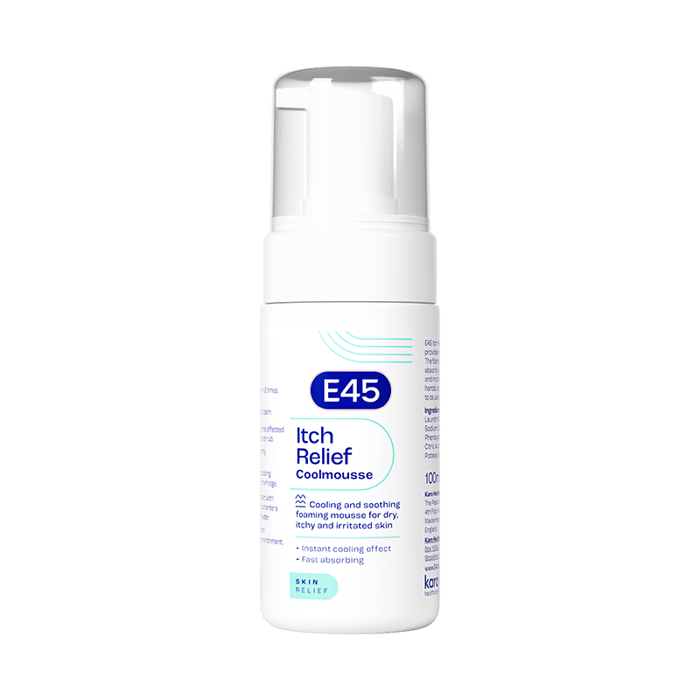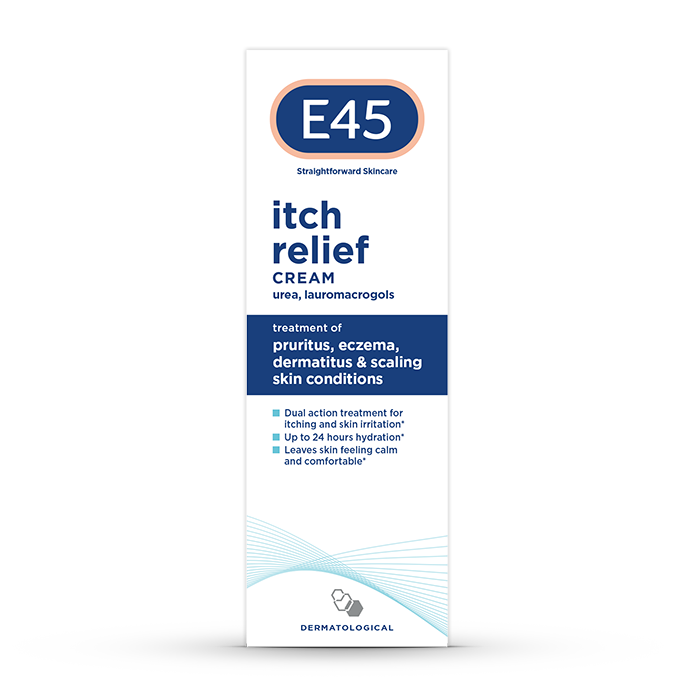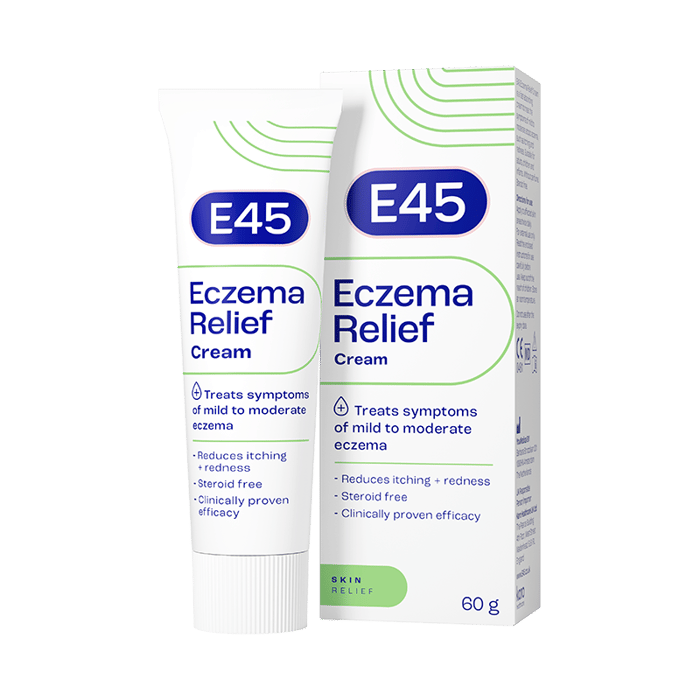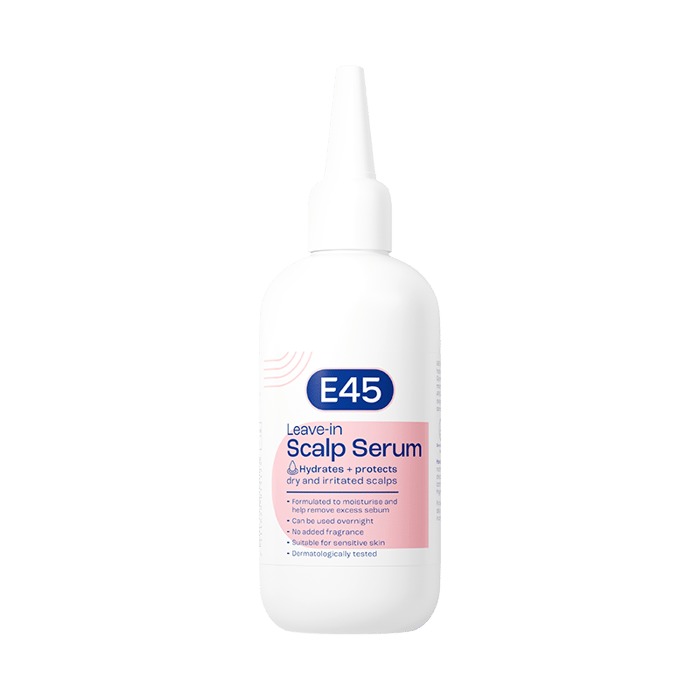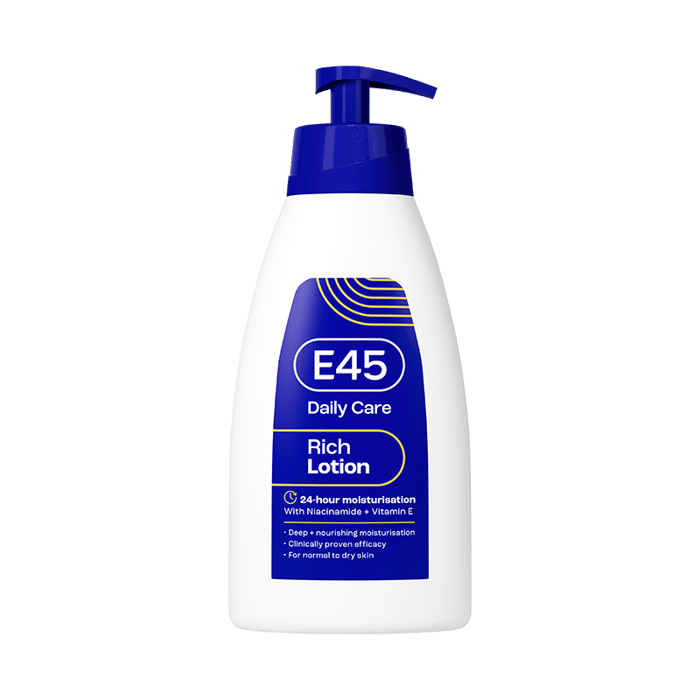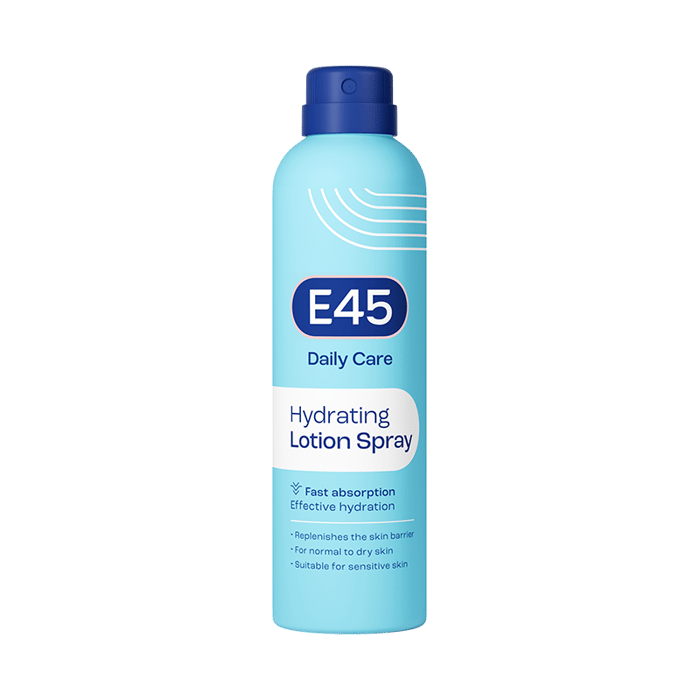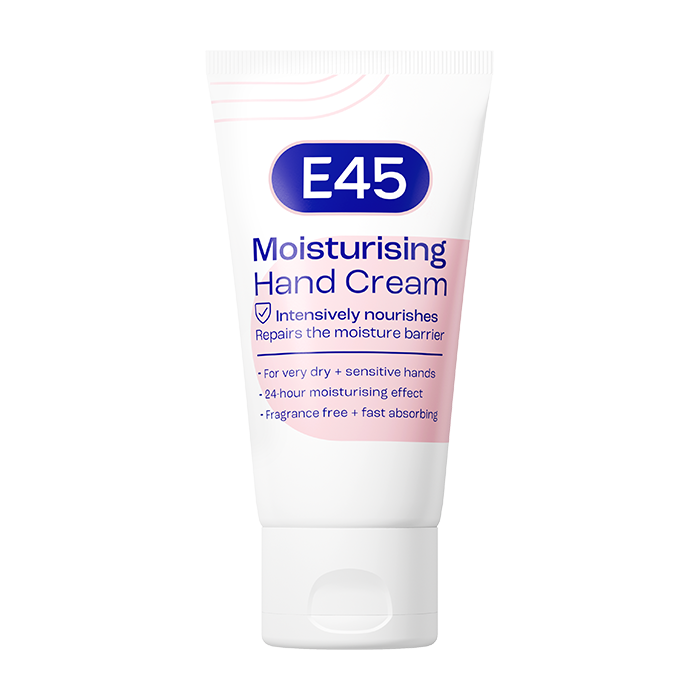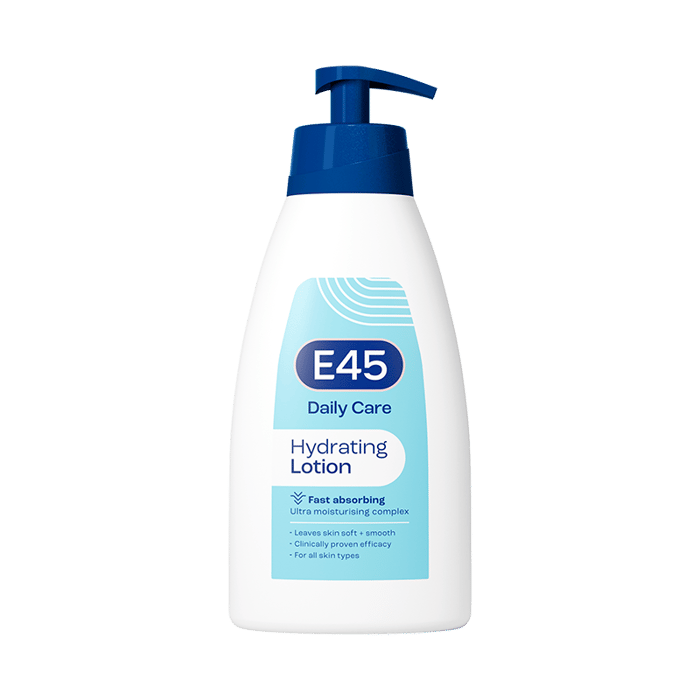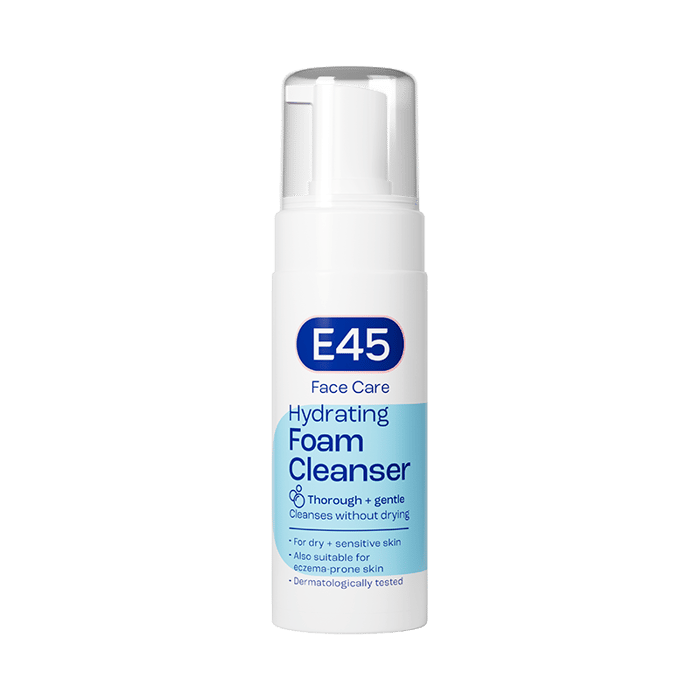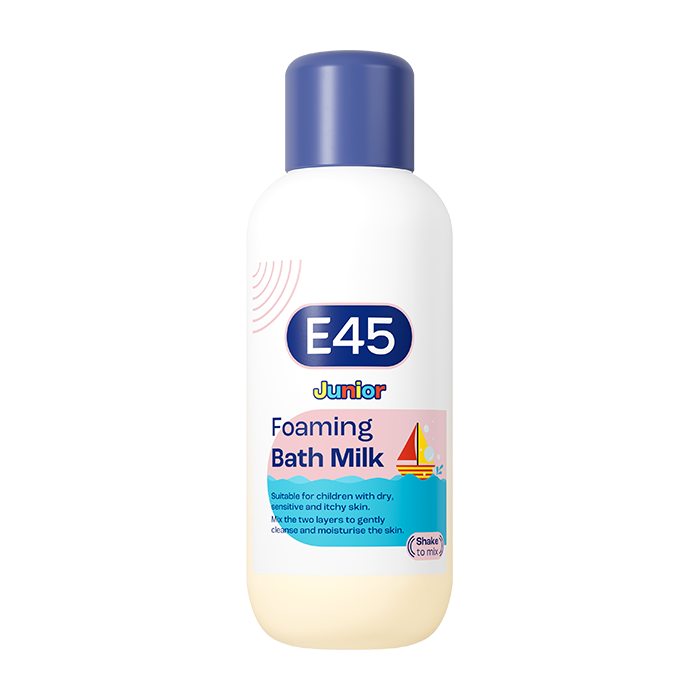Understanding Atopic Dermatitis: Symptoms, Causes, and Management
Atopic Dermatitis is a common yet often misunderstood skin condition that affects millions worldwide. Characterised by dry, itchy, and inflamed skin, it can significantly impact daily life. In this guide, we’ll explore the causes, symptoms, and tips to help you manage Atopic Dermatitis, helping you understand how to better care for your skin and improve your quality of life.
Table of Contents
What is Atopic Dermatitis?
Definition and Overview
Atopic Dermatitis (AD) is a common skin condition that falls under the broader category of eczema and can affect people of all ages. While the term “eczema” is often used interchangeably with Atopic Dermatitis, it’s important to understand that eczema is a broader term, encompassing several skin conditions, including AD.
Atopic Dermatitis is a chronic condition, meaning it can persist over time, with periods of flare-ups and remissions. Although the exact causes are yet to be defined, AD is known to involve a combination of genetic, environmental, and immune system factors. Managing Atopic Dermatitis can greatly improve the quality of life for those affected.
Atopic Dermatitis vs. Eczema: What’s the Difference?
In simple terms, ‘Atopic Dermatitis’ is the most common form of eczema, while ‘eczema’ refers to a group of conditions that cause the skin to become inflamed or irritated. The terms are often used interchangeably, but not all eczema is Atopic Dermatitis. (Source) Other types of eczema include contact dermatitis, perioral dermatitis and seborrheic dermatitis, which you can learn more about in our article about Dermatitis.
How Common is Atopic Dermatitis?
Atopic Dermatitis is a prevalent condition, affecting millions of people worldwide. It is particularly common in children, with about 15-20% of children developing the condition. However, adults can also suffer from Atopic Dermatitis, with about 1-3% of the adult population affected. (Source). The prevalence of the condition varies by region, with higher rates in urban areas and industrialised countries. (Source)
Symptoms
Atopic Dermatitis manifests in different ways, depending on the individual’s age, the severity of the condition, and other factors. The most common symptoms include:
- Dry, scaly skin: The skin often becomes very dry and rough.
- Intense itching: This can lead to scratching, which may worsen the condition.
- Red patches: These may appear on the face, neck, hands, feet, or behind the knees.
- Swelling and thickening of the skin: This is due to chronic scratching and inflammation.
Symptoms Across Different Age Groups
- Infants: Babies with Atopic Dermatitis often have red, weepy patches on their cheeks, scalp, or body. The condition can make them irritable and restless.
- Children: As children grow, the rash may appear in the creases of the elbows, behind the knees, or on the neck. The skin may become thickened and leathery over time.
- Teenagers and Adults: In older individuals, the rash can be more localised, often affecting the hands, eyelids, or around the neck. Adults with Atopic Dermatitis may also experience chronic, severe itching.
Causes and Triggers
Atopic Dermatitis is caused by a complex interaction of genetic and environmental factors. Here are some of the key triggers:
- Genetics: If you have a family history of eczema, asthma, or hay fever, you are more likely to develop Atopic Dermatitis.
- Immune System: Individuals with Atopic Dermatitis often have an overactive immune system that responds aggressively to irritants and allergens.
- Environment: Factors like cold weather, dry air, and exposure to certain chemicals or fabrics can trigger flare-ups.
Understanding these triggers is key to managing the condition effectively. You can find more about managing eczema in the sun in our article about eczema and sun exposure.
Contagiousness
One common concern is whether Atopic Dermatitis is contagious. The answer is no—Atopic Dermatitis cannot be passed from one person to another. It is a non-infectious condition, meaning it does not spread through contact with others. This can be reassuring for those worried about close interactions with family, friends, or others. (Source)
Food Triggers
In some cases, food allergies can trigger or worsen symptoms of Atopic Dermatitis, particularly in children. Common food triggers may include dairy, eggs, nuts, or wheat. If you suspect that certain foods may be affecting your skin, it can be helpful to consult a healthcare professional. They may recommend allergy testing to identify specific triggers, allowing for better management of the condition.
Who Gets Atopic Dermatitis?
Atopic Dermatitis can affect anyone, but certain groups are more prone to developing the condition:
- Infants: As mentioned, AD is particularly common in babies, often appearing within the first six months of life.
- Children: While many children outgrow the condition, some continue to experience symptoms well into adolescence.
- Teenagers and Adults: Though less common, adults can develop or continue to suffer from Atopic Dermatitis. In adults, the condition often presents differently, with more localised and chronic symptoms.
Diagnosis
Diagnosing Atopic Dermatitis typically involves a combination of medical history, physical examination, and sometimes allergy testing. A healthcare professional will look for the classic symptoms of AD, such as dry, itchy skin and a history of similar issues in the family. They may also ask about possible triggers, such as specific foods or environmental factors.
In some cases, patch testing may be conducted to identify specific allergens that could be contributing to the symptoms. However, there’s no single test for Atopic Dermatitis, so a comprehensive approach is key to an accurate diagnosis.
Management and Treatment
Treatment Options
Managing Atopic Dermatitis involves a combination of skincare routines, lifestyle adjustments, and possibly medical treatments. For milder cases, over-the-counter creams and moisturisers like E45 Eczema Relief Cream can help keep the skin hydrated and reduce itching.
For more severe cases, healthcare professionals may recommend topical steroids, such as HC45 Hydrocortisone Cream, to reduce inflammation. Use these treatments as directed by a healthcare professional to avoid potential side effects.
Symptom Management Strategies
Managing symptoms often requires a proactive approach:
- Moisturise regularly: Keeping the skin hydrated is key to managing dryness and itching. Using a cream specifically designed for eczema-prone skin can be particularly effective.
- Avoid known triggers: Identifying and avoiding triggers, such as certain soaps, fabrics, or foods, can help reduce flare-ups.
- Practice good skincare: Gentle cleansing and regular moisturising can prevent the skin from becoming too dry and irritated. E45 cream is fragrance free and clinically proven to treat symptoms of eczema. Read more about how to practise a good skincare routine for sensitive skin.
Healthcare Providers Involved in Treatment
Several healthcare providers may be involved in managing Atopic Dermatitis:
- GPs: Your GP can diagnose the condition and recommend initial treatments.
- Dermatologists: For more severe cases, a dermatologist can provide specialised care, including prescribing stronger medications or treatments.
- Allergists: If allergies are suspected as a trigger, an allergist may conduct tests and recommend ways to manage these triggers.
Strategies to Prevent Atopic Dermatitis
While you can’t always prevent Atopic Dermatitis, there are steps you can take to reduce the likelihood of flare-ups:
- Maintain a consistent skincare routine: Moisturising regularly can help keep your skin barrier strong.
- Avoid harsh soaps and detergents: Use mild, fragrance-free products to reduce irritation.
- Dress appropriately: Wear soft, breathable fabrics like cotton, and avoid wool or synthetic materials that can irritate the skin.
- Manage stress: Stress is a known trigger for many people with Atopic Dermatitis, so finding ways to manage stress can also be helpful.
Living with Atopic Dermatitis
Prognosis and Expectations
Living with Atopic Dermatitis can be challenging, but many people find that with proper management, they can lead full and active lives. The condition can improve with age, particularly in children, though some may continue to experience symptoms late into adulthood. Regular check-ins with healthcare providers can help manage the condition effectively. The National Eczema Society provides information and support for those with eczema.
When to Seek Medical Advice
It’s important to consult a healthcare provider if you experience severe symptoms that do not improve with over-the-counter treatments, or if you develop signs of infection, such as increased redness, swelling, or oozing. Early intervention can prevent complications and help you manage the condition more effectively.
If you’re looking for more detailed information on skincare for eczema on the face, you can explore our guide on Solutions to Help Reduce Eczema on The Face.
Conclusion
Living with Atopic Dermatitis can be challenging, but with the right knowledge and care, it’s possible to manage the symptoms effectively and lead a comfortable life. By understanding the causes, recognising the symptoms, and implementing proper skincare and lifestyle adjustments, you can minimise flare-ups and enjoy healthier skin. Seeking advice from healthcare professionals and maintaining a consistent skincare routine are key steps in managing this condition.
FAQ: Atopic Dermatitis
What is atopic dermatitis caused by?
Atopic dermatitis is caused by a combination of genetic, environmental, and immune system factors. It’s often linked to a family history of eczema, asthma, or hay fever.
What is the cure for atopic dermatitis?
Currently, there is no cure for atopic dermatitis, but it can be managed effectively with appropriate skincare, lifestyle adjustments, and treatments recommended by healthcare professionals.
How to get rid of dermatitis on the face?
To manage dermatitis on the face, it can be helpful to use gentle, fragrance-free moisturisers and avoid known triggers. For more severe cases, consult a healthcare professional for advice.
What is atopic dermatitis?
Atopic dermatitis is a chronic skin condition that causes dry, itchy, and inflamed skin. It is the most common form of eczema.
What causes atopic dermatitis?
Atopic dermatitis is caused by a combination of genetic predisposition, an overactive immune system, and environmental factors.
How to treat atopic dermatitis?
Treatment for atopic dermatitis typically includes moisturising regularly, avoiding known triggers, and using prescribed topical treatments for flare-ups. It’s important also to follow the guidance of a healthcare professional.
What does atopic dermatitis look like?
Atopic dermatitis often appears as dry, red, and scaly patches on the skin. It can also cause swelling and thickening of the skin, especially in areas that are frequently scratched.
How common is atopic dermatitis?
Atopic dermatitis affects around 10-20% of children and 1-3% of adults in the UK.
What type of hypersensitivity is atopic dermatitis?
Atopic dermatitis is considered a type I hypersensitivity reaction, involving an overactive immune response to environmental triggers.
How to live with atopic dermatitis?
Living with atopic dermatitis involves managing symptoms with a consistent skincare routine, avoiding known triggers, and seeking medical advice when necessary.
How to get rid of atopic dermatitis scars?
While atopic dermatitis scars may fade over time, keeping the skin moisturised and using products designed to improve skin appearance can help. For persistent scars, consult a dermatologist.
How long does atopic dermatitis last in adults?
Atopic dermatitis can be a lifelong condition, but many adults experience periods of remission where symptoms improve or disappear.
Sources
www.eczemacouncil.org/assets/docs/global-report-on-atopic-dermatitis-2022.pdf
allergyasthmanetwork.org/what-is-eczema/eczema-statistics/
www.nhs.uk/conditions/atopic-eczema/
eczema.org/information-and-advice/types-of-eczema/atopic-eczema/
nationaleczema.org/eczema/types-of-eczema/atopic-dermatitis/
www.niams.nih.gov/health-topics/atopic-dermatitis/diagnosis-treatment-and-steps-to-take
www.aad.org/public/diseases/eczema/types/atopic-dermatitis



